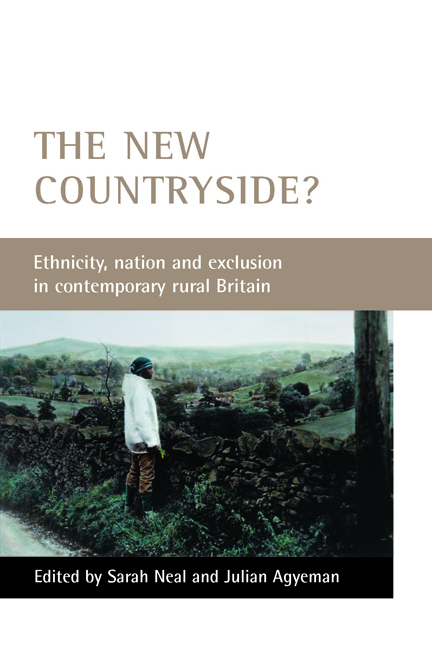eight - Issues of rurality and good practice: Gypsy Traveller pupils in schools
Published online by Cambridge University Press: 18 January 2022
Summary
‘We try to integrate Traveller children, try to treat them like everyone else, with the proviso that we have to treat them differently.’ (Marie, teacher at South Hall Village School)
Introduction
In the mid-1960s Tony Boxall (1992) took a striking series of photographs documenting the changing lives and fortunes of Gypsy Travellers in the Kent and Surrey countryside. These were notable for the levels of access obtained by Boxall, who had no previous connection with the Gypsy Traveller community, and also for the insight his pictures opened into a time of great change within the community. These were changes from a lifestyle that centred around horse-drawn transport to more conventional cars and vans and the changes undertaken by many families from a primarily nomadic lifestyle to one that was often settled.
Today Gypsy Traveller groups remain marginalised and excluded. They experience overt racism and this often contributes to their levels of achievement and attendance in schools. Turner (1999) has highlighted the treatment of Gypsy Travellers not only by government but also by society at large. Turner indicates that the challenge for the government and the media in reporting Gypsy Traveller activities is to address the real issues within the nomadic world of Gypsies, such as the need for secure accommodation, education, literacy and an acceptance of a different way of life which is nomadic. Recently New Labour has begun to take the plight of Gypsy Travellers seriously. This has resulted in the publication of a ‘Travellers Strategy’to discuss problems arising from unauthorised camping as well as general policy and service development issues for Gypsy Travellers, which includes the role of educators (Local Government Association, 2003). Prior to 2005 there had also been tentative signs within the media of a more complex understanding of how perceived problems of Gypsy Traveller lifestyles are driven by inadequate government policy. The BBC's recent analysis of residents’ anger at a site in Cottenham, Cambridgeshire, presented a picture of both local residents and Gypsy Travellers united against the local council's exercise of planning regulations (Casciani, 2004). Even more surprising, perhaps, is a report on the National Farmers’ Union (NFU) Countryside website (NFU, 2004) that covers a similar story in a village outside Chichester and refers to the Cottenham approach as a practical way forward; if not exactly sympathetic to the Gypsy Traveller cause, it is certainly not overtly hostile. However, this is not, of course, to underestimate the extent of hostility regularly expressed by local residents towards Gypsy Traveller communities. The incident in the village of Firle in the Sussex Downs in which a mock Gypsy Traveller caravan was set on fire testifies to the continuing anti-Gypsy Traveller sentiment in rural and semi-rural areas of contemporary Britain. More recent right-wing media coverage of Gypsy Traveller communities has seen a further retrenchment and an increasingly extreme anti-Gypsy Traveller rhetoric, as demonstrated in the Sun newspaper's ‘Stamp Out the Camps’ campaign.
- Type
- Chapter
- Information
- The New Countryside?Ethnicity, Nation and Exclusion in Contemporary Rural Britain, pp. 193 - 216Publisher: Bristol University PressPrint publication year: 2006
- 1
- Cited by

